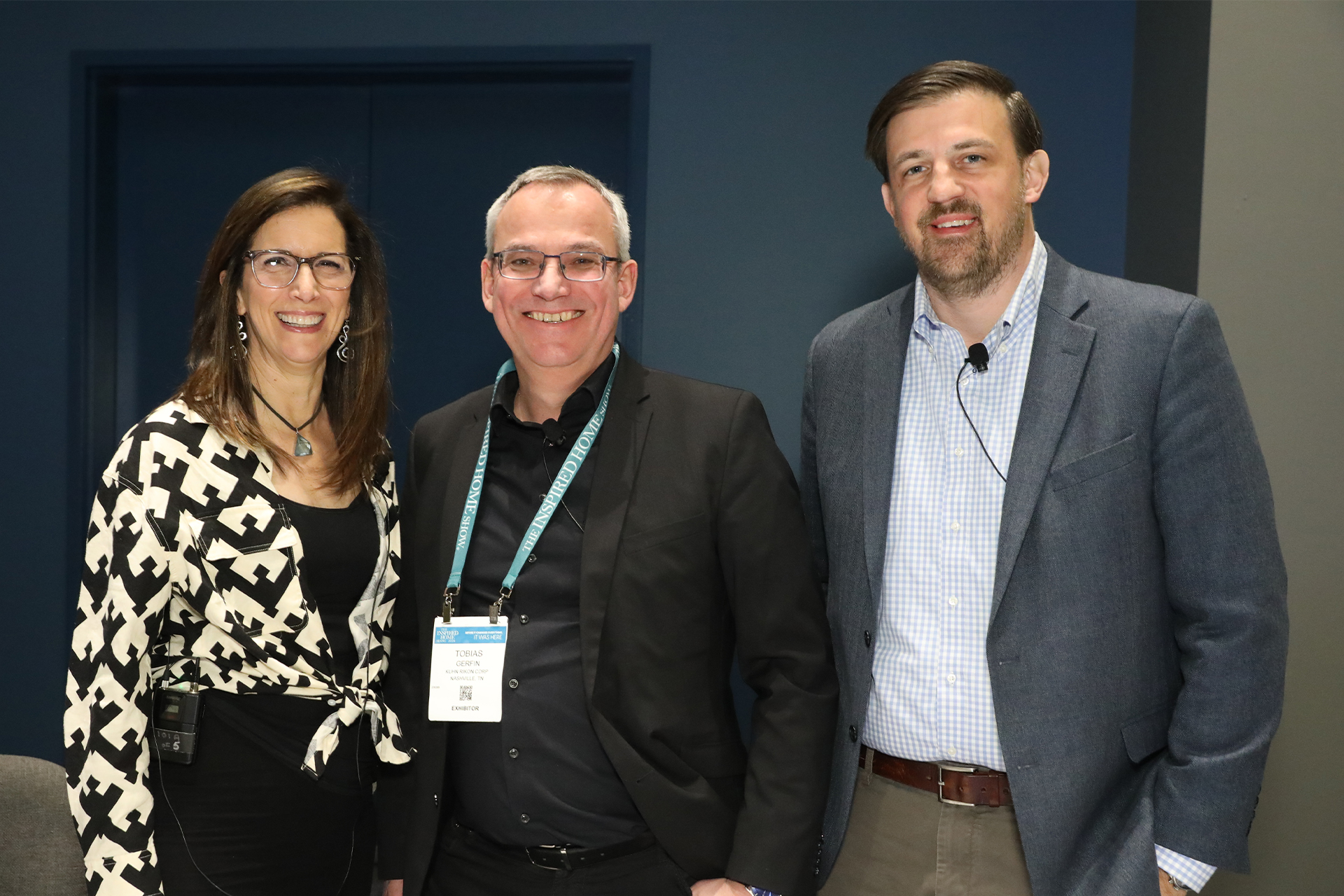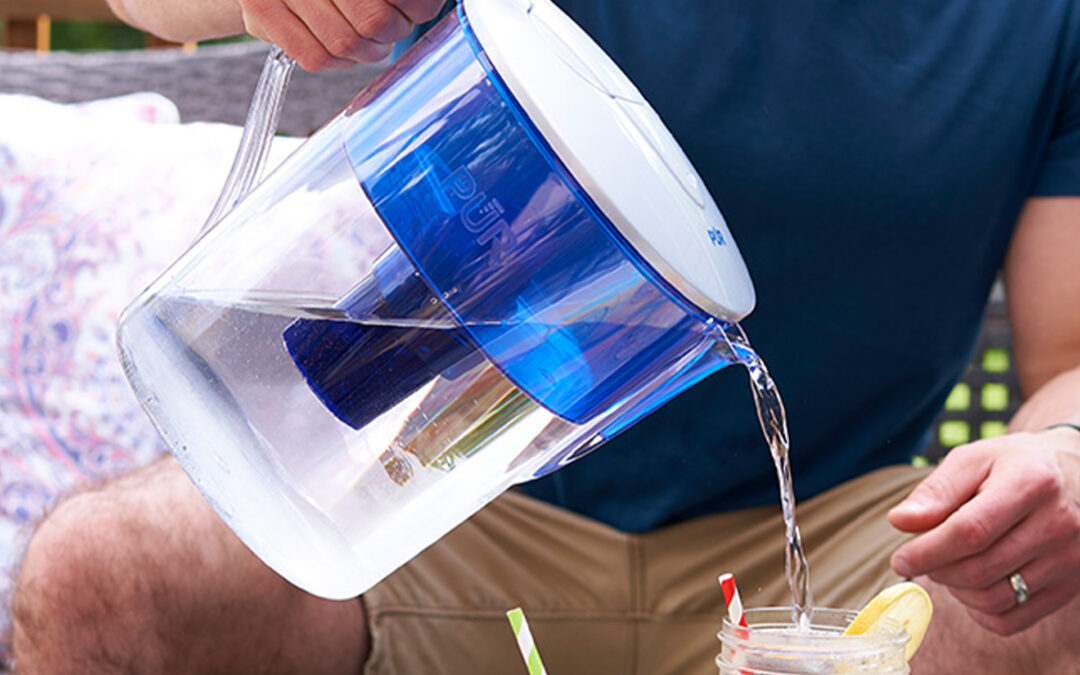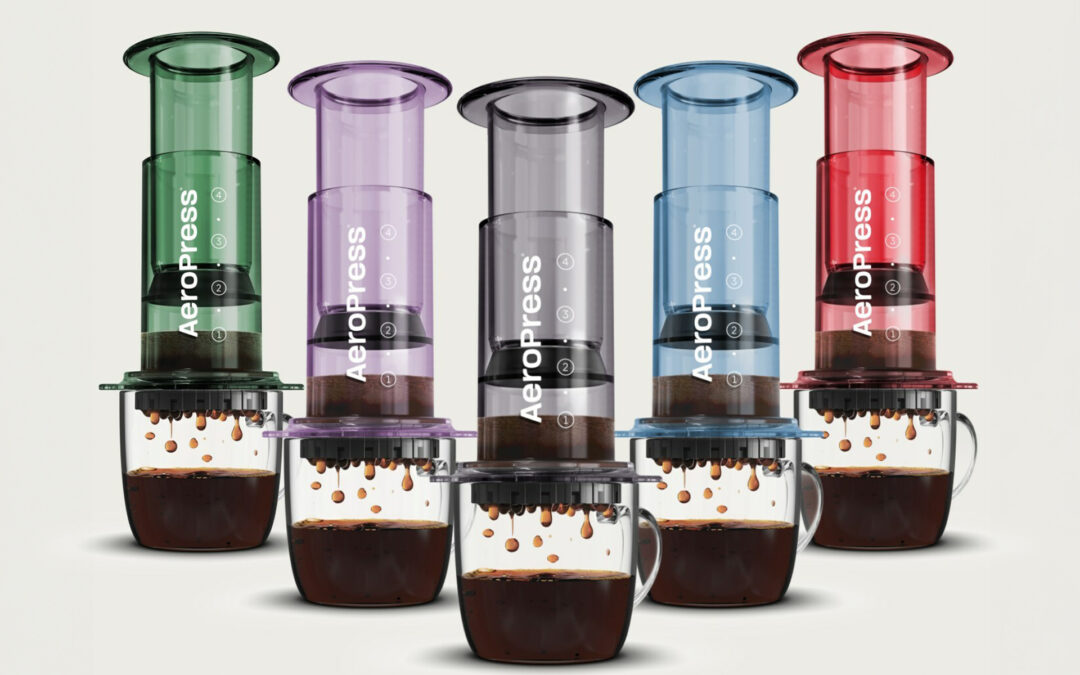Fran Groesbeck, managing director of the Cookware and Bakeware Alliance, said during the recent Inspired Home Show that PFAS regulation remains a key, fast-moving issue for the housewares industry.
CBA has published a series of PFAS education documents to help keep the industry up to date. The first is a high-level assessment of the PFAS issue, the second reviews human health considerations and the most recent looks at life cycle assessments and alternatives. A fourth is coming on socio-economic impact.
Groesbeck made the point that PFAS has become a target of legislation and regulation that covers a large family of chemicals that exhibit “significantly varied properties, and their subgroups have very unique and distinct differences.”
However, the government, whether federal or state, has in many cases lumped together a class of products as distinct as various species of mushroom, which include 14,000 distinct varieties having a few toxic members but overwhelmingly a cast of benign or beneficial constituents. The thousands of PFAS chemicals are similarly varied in their constituent parts, she said, and the science used to evaluate them doesn’t suggest a reason to condemn the class of chemicals.
As for government action, Lee said the United States Environmental Protection Administration has been through a period of information gathering that began in January 2011 and continued to December 2022, trying to get an idea about what PFAS was moving through the United States and whether made here or abroad as well as current and future use, and end of product life information. The problem is that for much of that period, Lee noted, PFAS was not an issue in most industries more than two years ago, so product content records were limited.
“PFAS wasn’t on the radar, so records are almost certainly going to be very limited when it comes to historic PFAS content,” Lee said.
Soon, companies, including cookware companies that have been using PFAS have to provide EPA with documentation about the chemical. The EPA reporting window opens in November and closes in May 2025. The best way to address the requirement, Lee said, is to have all relevant data about PFAS product content collected, organized and ready to translate into the portal by the end of this calendar year so EPA can evaluate and accept information provided sooner rather than closer to the deadline.
“EPA portals are notoriously challenging,” Lee said. “So, if you are only starting reporting in May, that’s very concerning.”
The reporting requirements are complex and companies can reach out to his firm and/or the CBA for help in getting organized, he said, and there are even some exemptions. However, the definitions of requirements and compliance can be vague. EPA does require proving information that is known or “reasonably ascertainable,” which does require vendor outreach and documentation from any acquired companies or other business entities, even if a transaction didn’t come with all the books and other information a full search requires. So, companies have to do a best-effort investigation.
Another concern is privilege. Companies should comply in ways that allow them to keep the information privileged as, otherwise, the data provided could be used in lawsuits against the provider.
State laws are another concern. In one example among several, Minnesota has a prohibition on intentionally added PFAS that goes into cookware, one that takes effect in January 2025 and that applies to the sales or distribution of cookware that contains intentionally added PFAS. Again, there may be conditional use exemptions, but for all consumer products, Minnesota has set 2032 as the absolute cut offer for intentionally added PFAS.
Effectively, Lee said, Minnesota’s is a reformulation law. California has been developing a labeling law akin to Proposition 65 that creates some challenges.
For his part, Kuhn Rikon’s Gerfin said in 2023, the European Union launched a proposal to restrict “thousands of applications of PFAS.”
From March through September, a consultation process occurred that included 5,600 individual feedback examples generating 100,000 pages received by the Risk Assessment Committee and Socio-Economic Assessment Committee under the EU.
The FEC response to the consultation process included, as its key elements, that PFAS fluoropolymers don’t meet the criteria of unacceptable risk under EU law and should be exempted from proposed restrictions. In addition, FEC stated that there is no scientific basis to conclude that PTFE-coated cookware and bakeware pose a risk to humans or the environment in the use phase. Also, PFAS has limited environmental impact overall and can be reasonably addressed and managed.
Gerfin pointed out that the EU measure remains a proposal and that the regulatory process is likely to be prolonged in part due to the response, but it remains a concern that has to be monitored and addressed as it evolves.
Listen to the audio of this and other sessions from the 2024 Inspiration Theater.





